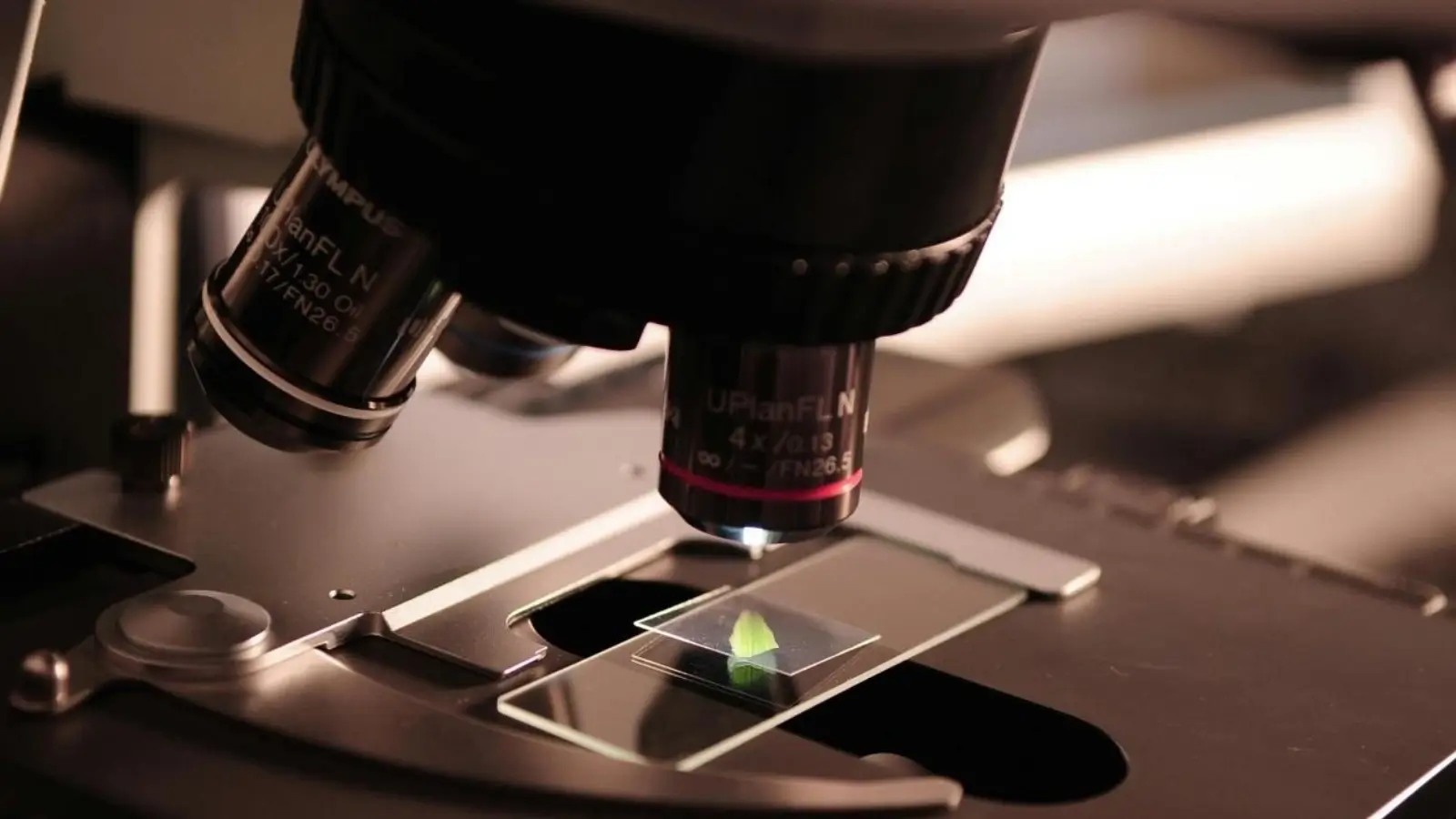


Before you start doing anything that requires "detail control", please imagine this picture: you are trying to carve a few symmetrical lines on a small metal ring, or assemble a microstructure on a model part that is only the size of a fingernail. At this time, what is the real weapon that allows you to see clearly and not tremble? My answer is - Stereo Microscope.
When many people first heard the word "microscope", they thought of the biological lens in the middle school experiment class, which can only see a flat surface. The Stereo Microscope is completely different from that. Its charm lies in: what you see is not just an enlarged image, but a micro space with a three-dimensional sense.
It has two eyepieces and two independent optical channels to simulate the binocular parallax of the human eye, so that when you look through the lens to observe a tiny object, you will have a strong sense of space. You can clearly perceive which corner is higher, which depression is deeper, and even judge the texture direction of the material surface. This "3D perception" ability is simply irreplaceable in the manual process that requires high-precision operation. And the reason why we can have these perceptions is mainly due to the powerful tool of stereo microscope.
In short: as long as your work involves "fine operations on small things", you may need it.
For example, a jewelry craftsman I know, his most common scene is stone inlay. Before the microscope, he relied on magnifying glasses and naked eyes. Every time he inlaid a gem, his eyes were sore, and it was easy to "carve off" or "knock slip". After switching to a stereo microscope, the engraving lines are neater, the inlay position is more accurate, and the work efficiency is significantly improved.
Model enthusiasts, electronic repairmen, watchmakers, fossil restorers, and even some high-end manicurists often use stereo microscopes as "secret weapons". Many people may not realize that it has long been quietly popularized in various seemingly "eye-sighted" industries.
I am often asked this question. Digital magnifiers and mobile phone lenses can indeed capture details and magnify images. But the key is: you have no sense of "depth" and cannot operate while observing. It's like you are looking at an object through a screen, and there will always be an illusion of "delayed operation" or "unreality".
Stereo microscopes are images that you see directly with your naked eyes, in real time, and have three-dimensional dimensions. Not only are they clear, but they also have a sense of space. This "sense of reality" is essential for fine handwork such as engraving, welding, and positioning.
Not at all. Stereo microscopes are actually one of the most "plug-and-play" optical tools currently available.You just need to adjust the focus and angle according to your working height, and then put the object under the microscope to see at a glance which level it is on. There is no need to adjust the focus for ten minutes, and there is no need to remember a bunch of terms for aperture and magnification. Many entry-level models come with a soft LED ring light source with adjustable brightness, allowing you to enter the "fine work mode" very easily.
Of course, if you are doing scientific research or industrial quality inspection, there are also more powerful professional models, such as continuous zoom, photography/video integration, remote display, etc. For most hand-made people, a basic 7X-45X continuous zoom model is enough to meet most needs.
For me, what impressed me most was the "immersion" it brought. I once spent an afternoon carving a piece of silver ornaments as big as a fingernail under a microscope, with background music, soft lights, and steady hands. With each cut, the texture lines slowly unfolded in front of me like a map.
For a moment, I really felt like an adventurer exploring the miniature world - this is not only a technical challenge, but also a psychological concentration and calmness. You will find that you are willing to spend more time to make every detail perfect, instead of squinting and worrying about "is this line crooked?" With this tool, the whole person's mood and state are completely different.
As someone who has done some research in this area, I think you can consider the following aspects to start with:
Zoom range: A continuous zoom range of 7X–45X is recommended for beginners, which is basically enough and suitable for engraving, welding, polishing, etc.
Working distance: Don't choose a model that is too short. Make sure there is enough space to place other tools, which is the key to our continued operation.
Stand type: The choice of desktop or multi-directional rotatable arm depends on your space. Some people like to be able to move the angle at will, while others like to fix the position to obtain higher stability.
If you want to record the production process of the work or publish a production tutorial, you can choose a model with a photography interface.
I usually like to buy these things on a website called lakimi,which has a wide variety of products to meet my needs.
What the Stereo Microscope brings to the hand maker is not just "being able to see clearly", but also an improvement in the sense of precision, security and rhythm.
It is like a "third eye" on your desk, quietly helping you see every detail when you need extreme concentration. And those links that were originally "awkward to do" suddenly become smooth, clear, and natural - this is the charm of good tools.
If you are also a person who is a little obsessed with "details" and a little obsessed with "completeness", perhaps it is time to try using a stereo microscope to re-understand your tiny world.